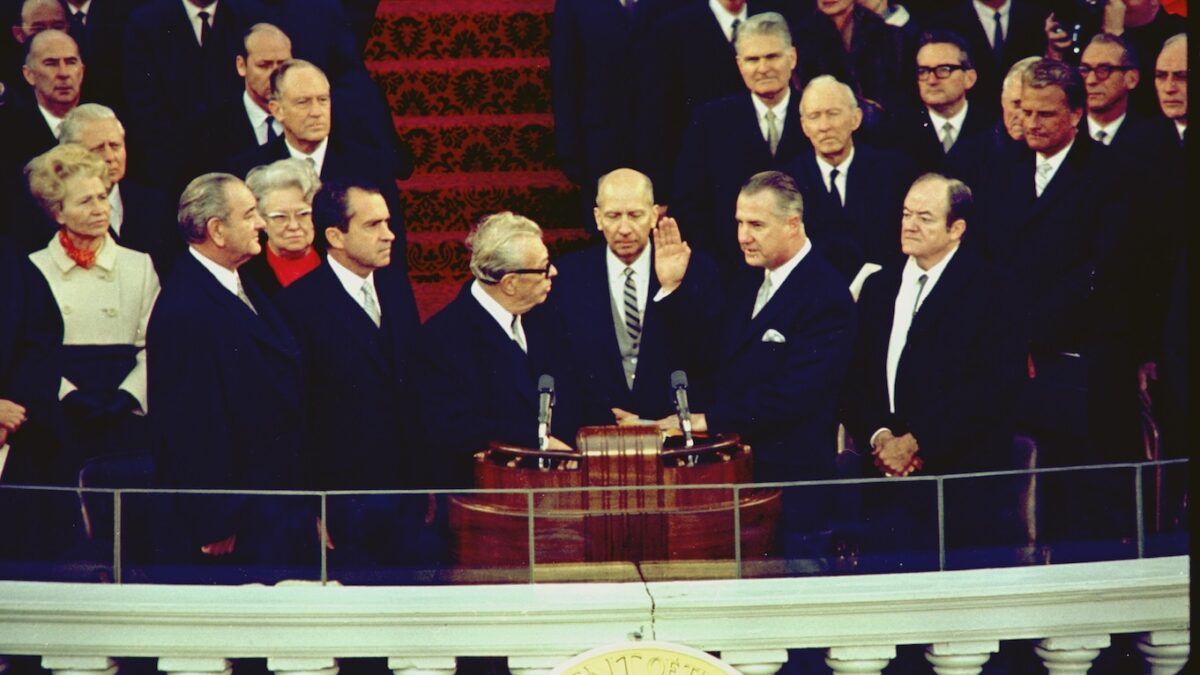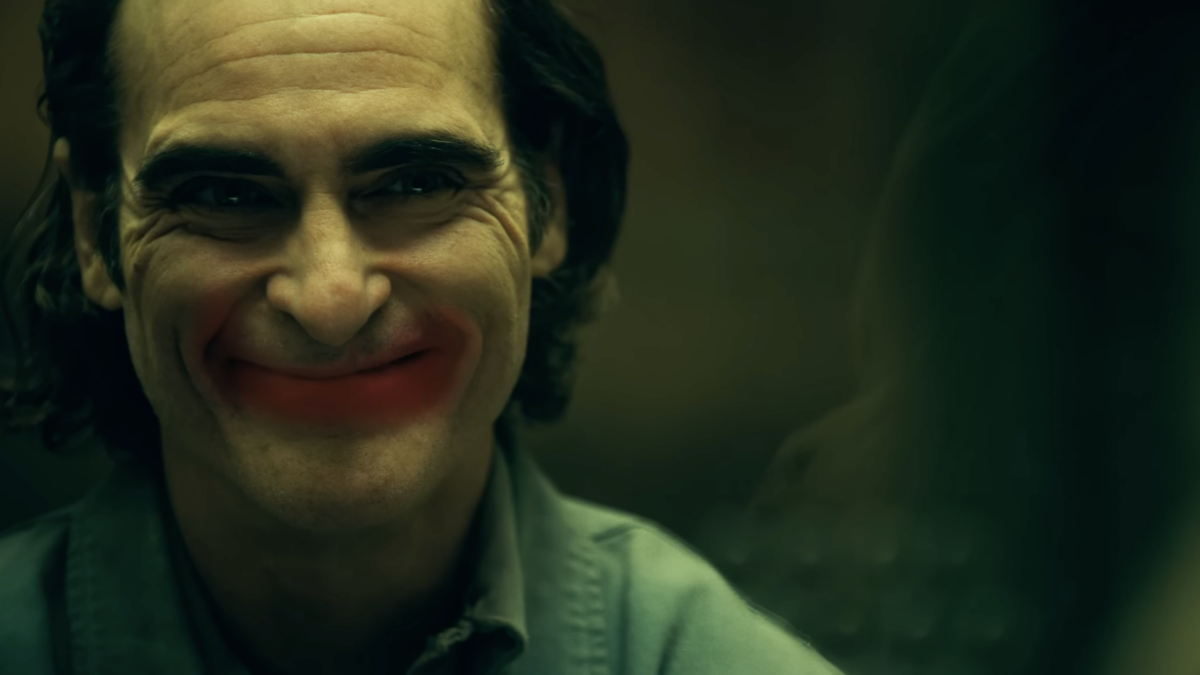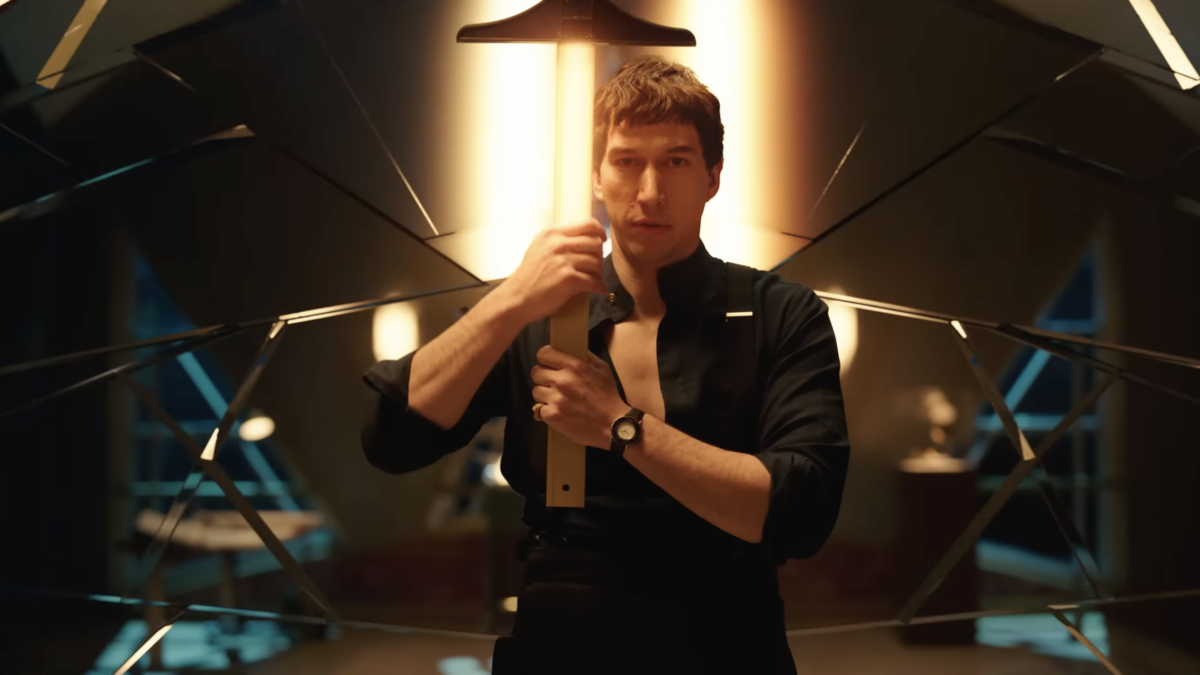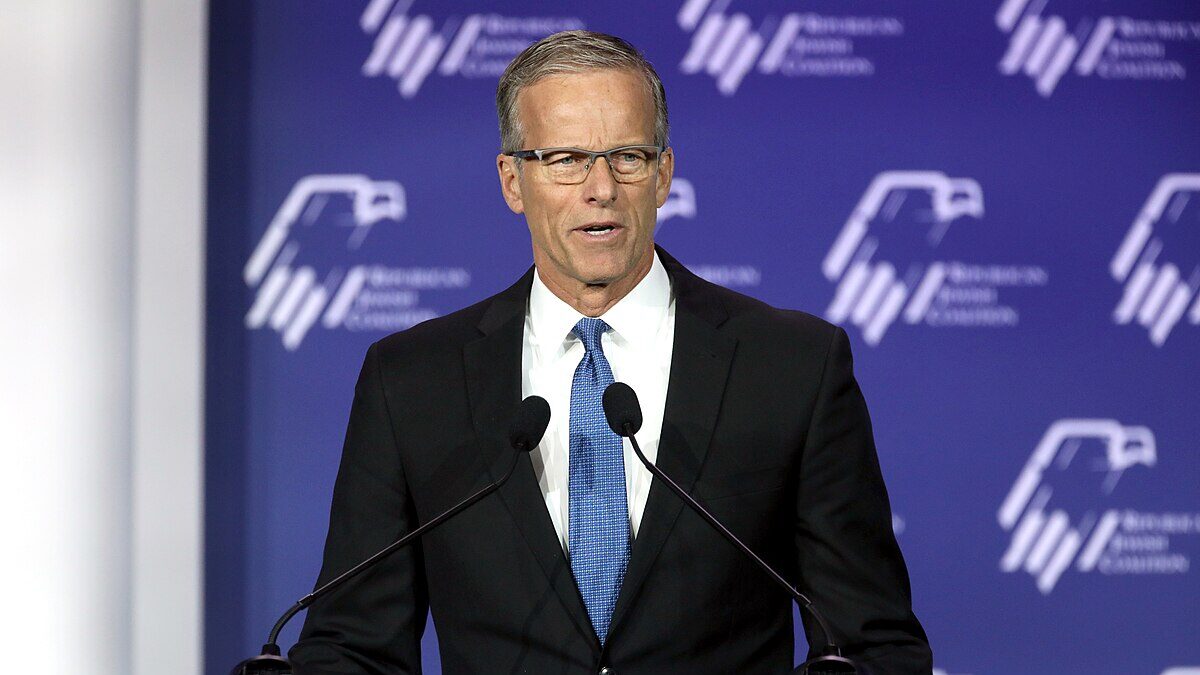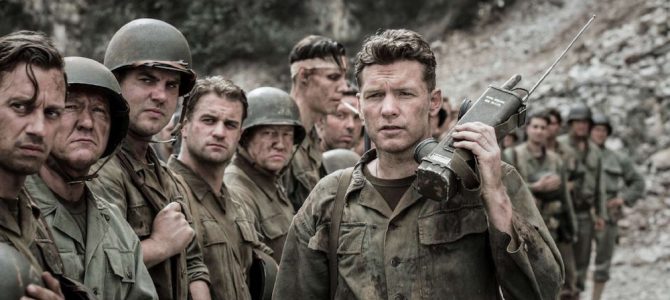
As film critic David Ansen quipped, “We are the movies and the movies are us.” Hollywood both shapes and reflects the values, tastes and desires of American society.
Like a handsome man in uniform, World War II films never really go out of style. But today, we’re seeing a need to make WWII movies at a rate not seen since the immediate postwar period. This trend may be motivated in part by the desire to tell these stories before the Greatest Generation is but a memory. However, the rebirth of WWII’s most iconic moments on the silver screen is perhaps the result of changes in our national consciousness in the last half-decade, the period during which Hollywood studios green lit production on these films.
If it seems like every other movie trailer released these days shows people running around in fatigues, shirtwaist dresses, and Brylcreem, that’s because it’s true. There are an astounding number of movies about World War II slated for release between now and the end of 2017: seven at last count.
A WWII Film Trend Is Taking Over Movie Theaters
All the Hollywood headliners are getting on the troop train—Brad Pitt, Jessica Chastain, Marion Cotillard, Andrew Garfield, Christopher Nolan, and Mel Gibson, to name a few. Even Tom Hanks is rumored to be fighting Nazis again, this time trading Army green for Navy blue in what would be an eighth World War II film in the works for this year.
In August, this World War II streak opened with “Anthropoid,” starring Jamie Dornan and Cillian Murphy, about Czech resistance fighters attempting to assassinate top Nazi Reinhard Heydrich in 1942. In November, Pitt and Cotillard return to screens in “Allied,” a supposedly true story of an ill-fated romance between spies in 1942 Casablanca.
November also features Gibson-directed “Hacksaw Ridge,” with Garfield as a conscientious objector-turned-medic, who received the Medal of Honor for bravery in the Battle of Okinawa. In 2017, Chastain and Daniel Brühl appear in “The Zookeeper’s Wife,” based on the true story of the Warsaw Zoo’s Director and his wife, who saved hundreds of Jews following Germany’s 1939 invasion of Poland. Rounding out the confirmed World War II films are a second telling of Operation Anthropoid, “HHhH,” this time starring Rosamund Pike and Jason Clarke, as well as Christopher Nolan’s “Dunkirk,” and “Darkest Hour” starring Gary Oldman as a steadfast Winston Churchill facing down the Nazi menace in 1940.
This cluster of World War II films continue a trend that began with “The Book Thief” in 2013, followed by “The Monuments Men,” “The Railway Man,” “Fury,” “Unbroken,” and “Suite Française” in 2014, along with “The Imitation Game” and “Woman in Gold” in 2015.
What’s Different About This Year’s WWII Films?
However, the 2013-2015 historical WWII films resemble recent historical films set in other eras, more than they do this year’s crop of WWII dramas. Those films were, in a sense, less about war and instead motivated by social justice themes—art restitution, inhumane treatment of POWs, and sexual orientation in the 1940s—akin to recent dramas like “Suffragette” (2015) and “The Danish Girl” (2015).
What distinguishes the 2016-2017 slate of films is that they focus on mainstream WWII subjects that have had little screen representation in recent years: major battles in the Pacific, espionage, the invasion of Poland, and resistance operations against Hitler’s inner circle. Notably, with Christopher Nolan’s “Dunkirk,” Hollywood is making the first movie about a major WWII offensive in over a decade. The last film of this nature was Clint Eastwood’s “Letters From Iwo Jima” (2006).
Similarly, the Churchill-focused “Darkest Hour” is the first feature film about a “great man” of World War II, arguably since 1977’s “MacArthur.”
Today, we Americans do not like what we see in the mirror. We feel dissatisfied with ourselves, with our leaders, and with our relationships in the international community. Gallup polls show that over the last four years, 70 percent of Americans have consistently believed our country is on the wrong path, and 65 percent are dissatisfied with America’s position in the world. Our enemies in the War on Terror are nebulous and ill defined. Political leaders on both sides face historically low approval ratings. Race relations are at their worst in decades, and gun violence appears to have no solution.
As a result, Americans are simply not as happy as we were just a short time ago. According to the 2016 World Happiness report, our national happiness in 2013-2015 relative to 2005-2007 declined. Only 33 countries of the 126 studied saw national happiness decline more than we did.
National Anxiety Calls for 1940s Nostalgia
New York Times opinion writer David Brooks and political scientist Robert Putnam attribute much of the rise of unhappiness and national anxiety to the decline in family bonds and participation in community, cultural and religious organizations. Many pundits have argued that the resulting self-absorption and inability to empathize with those around us accounts for the rise of a certain Presidential candidate, He-Who-Must-Begrudgingly-Be-Named.
Yuval Levin asserts in “The Fractured Republic” that our nation is nostalgic for the 1950s on the left, and the 1980s on the right. However, if David Ansen’s claim that “we are the movies and the movies are us” is given credence, the overwhelming nostalgia our society feels right now is instead for the 1940s.
Though broadly idealized in popular culture, World War II presents American society with perhaps the most recent instance of an unquestionably tangible enemy and a well-defined American role in the international community. Perhaps most importantly, regardless of whether the Greatest Generation was truly greater than any other, we can point to countless people from every walk of life who, at that moment in time, asked more of themselves than they knew they could give. They actively chose to be their best selves.
WWII Films Should Inspire Us
People go to the movies for entertainment. People also go to the movies to escape their worries, and to be transported to a world that is not their own. As the recent swell of true WWII films show, we are actively choosing to visit a time that (while certainly devastating) gave us people who were by no means perfect, but were people of whom we could be proud.
Not every man at Dunkirk led a saintly life, but for nine days in 1940, they chose to be brave and selfless. Winston Churchill had his faults, but he chose to believe that liberal democracy would triumph over oppression as long as some part of the world fought its corner. One conscientious objector from rural Virginia—a man committed to non-violence to the core—found a way to better the flawed society around him by engaging in it to the fullest extent as a medic at Okinawa, rather than retreat to a safe space surrounded only by people who shared his values.
Hollywood profits by giving its audience what it desires. If Hollywood thinks it can make money by releasing seven to eight World War II films in 18 months, this indicates that people are yearning for something that was unique to that era. It is irrelevant whether or not the World War II we see on the screen is idealized or if the Greatest Generation was really all that great.
We all have a choice. We can choose to be our best selves, or we can choose to be something less than our best. If the numerous WWII movies premiering over the next 18 months provide viewers with even a glimpse of what our best selves might look like, we should go see every single one.


